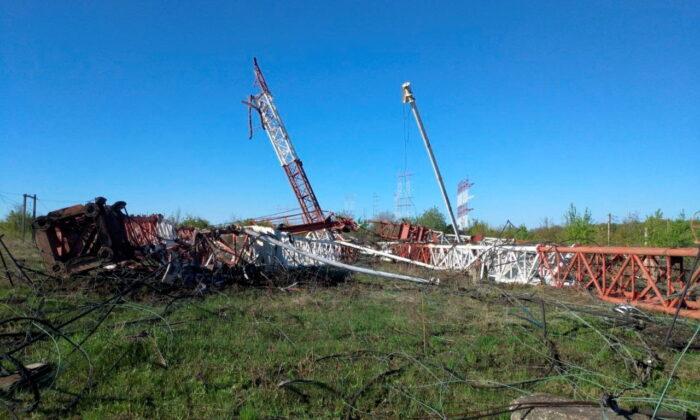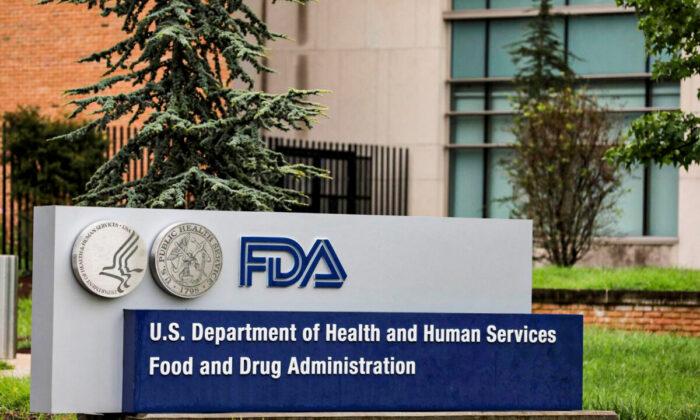The Food and Drug Administration (FDA) cleared the use of Eli Lilly’s neutralizing antibody LY-CoV555 for people 12 and older with mild to moderate cases of COVID-19, the disease caused by the CCP virus. The experimental therapy, called bamlanivimab, is a one-time treatment administered through an IV.
Additional testing is still underway to establish the safety and effectiveness of the therapy. President Donald Trump received a similar treatment developed by Regeneron Pharmaceuticals after he tested positive for COVID-19 last month.
Dr. Patrizia Cavazzoni, acting director of the FDA’s Center for Drug Evaluation and Research, said in a statement that the emergency authorization will provide frontline health care workers with another potential tool in treating COVID-19 patients.
“We will continue to evaluate new data on the safety and efficacy of bamlanivimab as they become available,” Cavazzoni said.
The patients recruited in the study were individuals who tested positive for the disease caused by the CCP virus within the past three days but weren’t hospitalized.
The study, which ran from July 17 to Aug. 21, recruited a total of 467 patients, 452 of whom had their data used for the interim analysis.
Moreover, nearly 70 percent of the patients also had at least one risk factor for COVID-19 such as a high body mass index (35 or more), old age (65 or older), or an ongoing relevant illness.
The White House, in an emailed statement, hailed the FDA’s decision as “a major milestone.”
The U.S. government has purchased 300,000 doses of the treatment and committed that Americans will have no out-of-pocket costs for the medicine, although health care facilities may charge a fee for the product’s administration. Eli Lilly is the third antibody drug developer to secure a manufacturing or supply agreement with the Trump administration.
Eli Lilly anticipates manufacturing up to one million doses of bamlanivimab by the end of 2020 for use around the world through early next year. Beginning in the first quarter of 2021, it expects the supply to increase substantially, as additional manufacturing resources come online.





